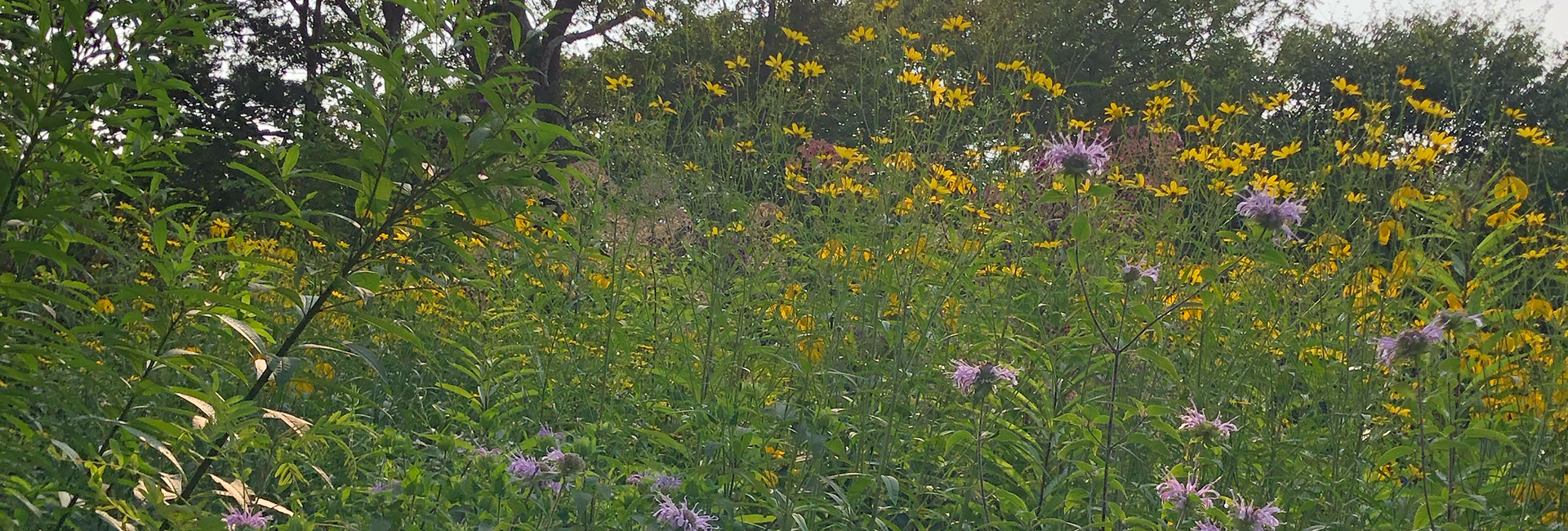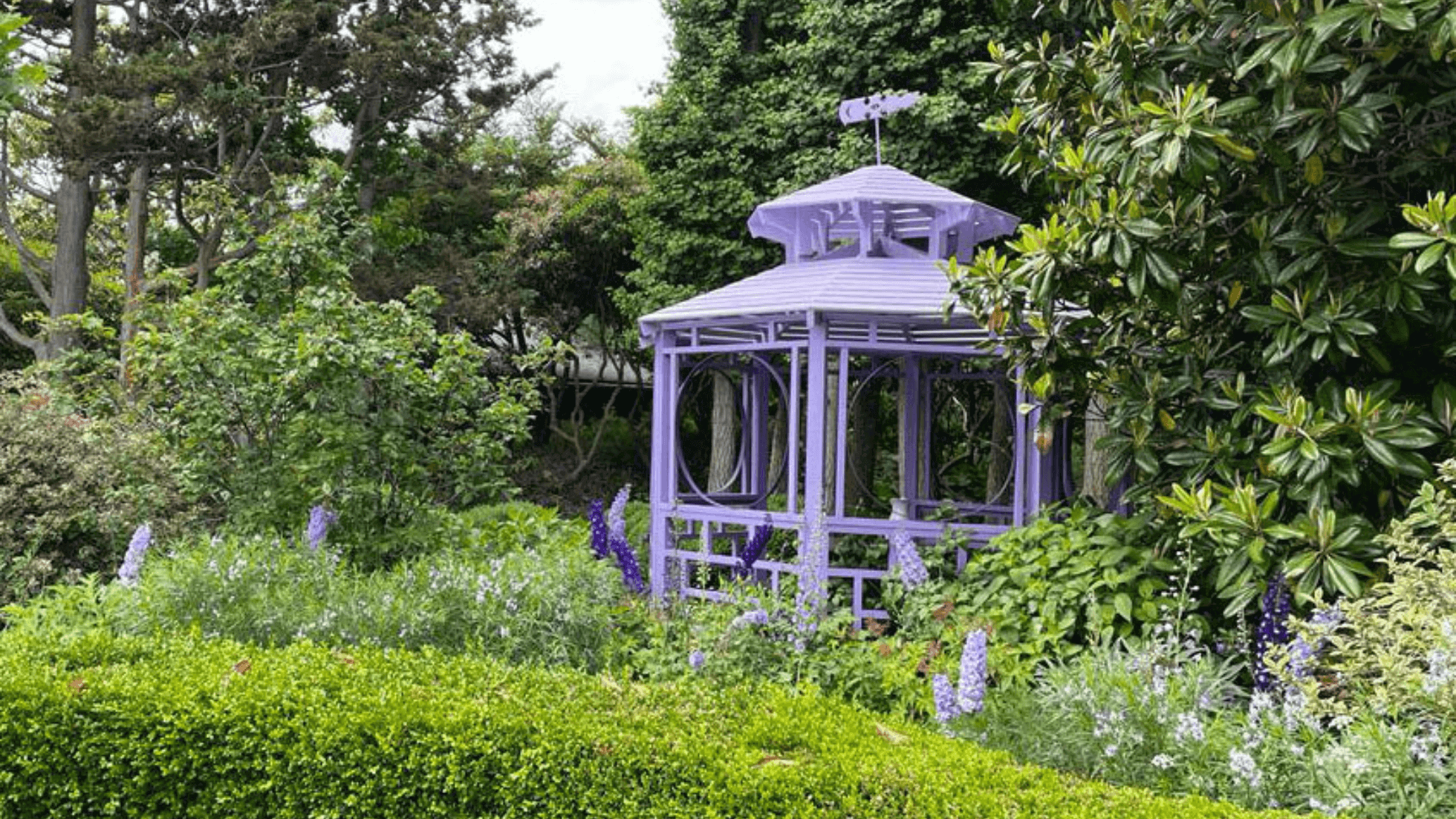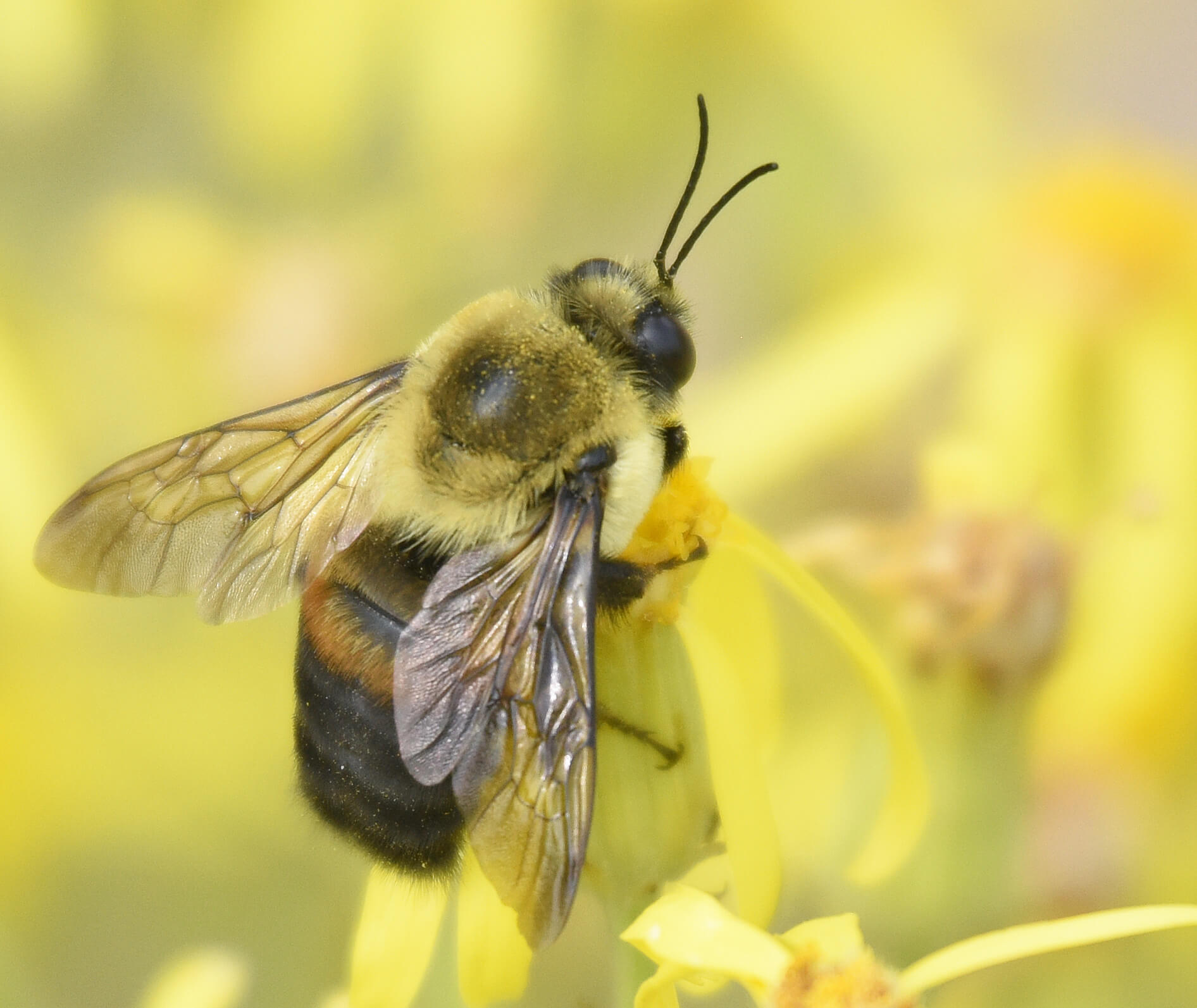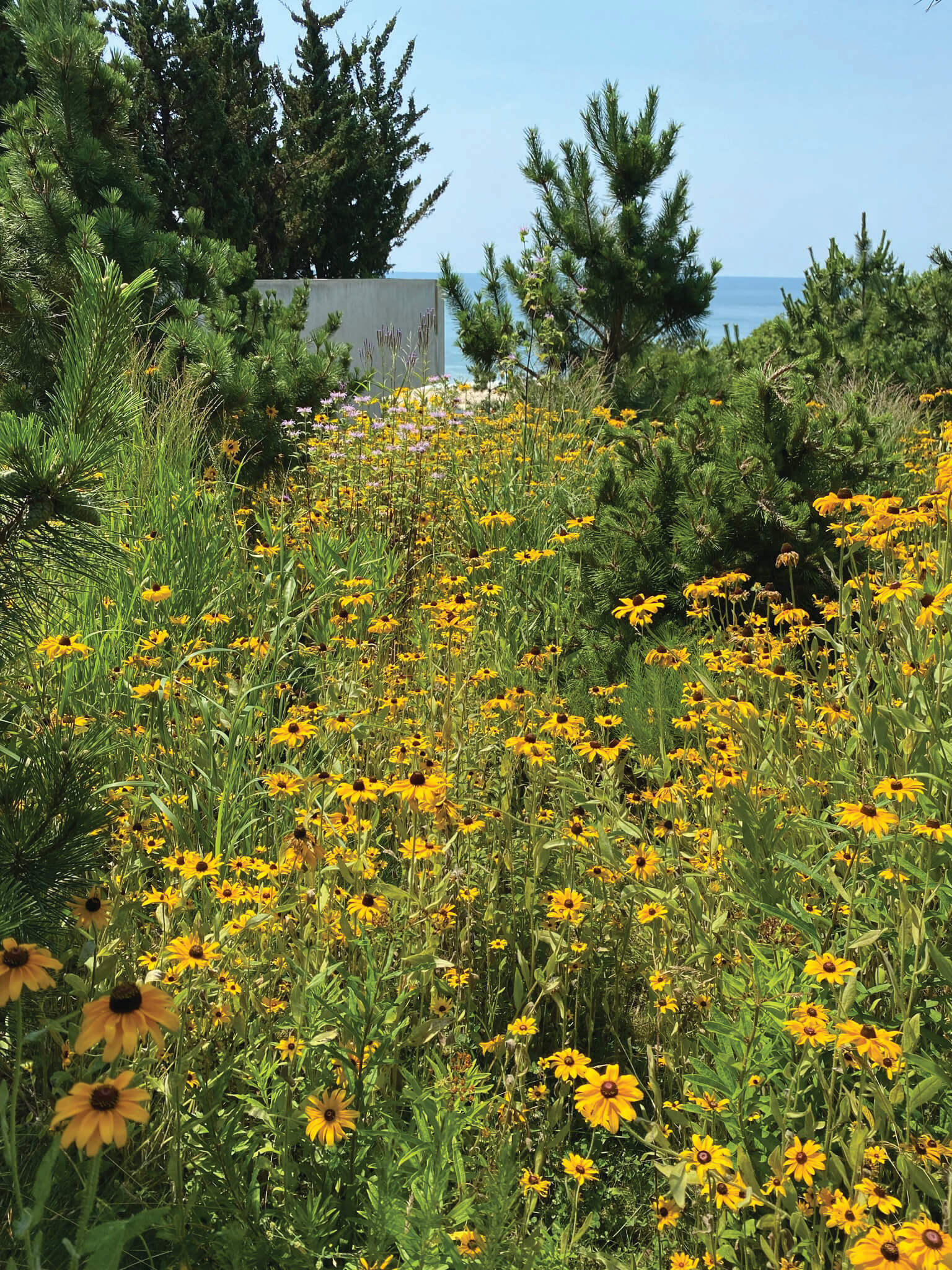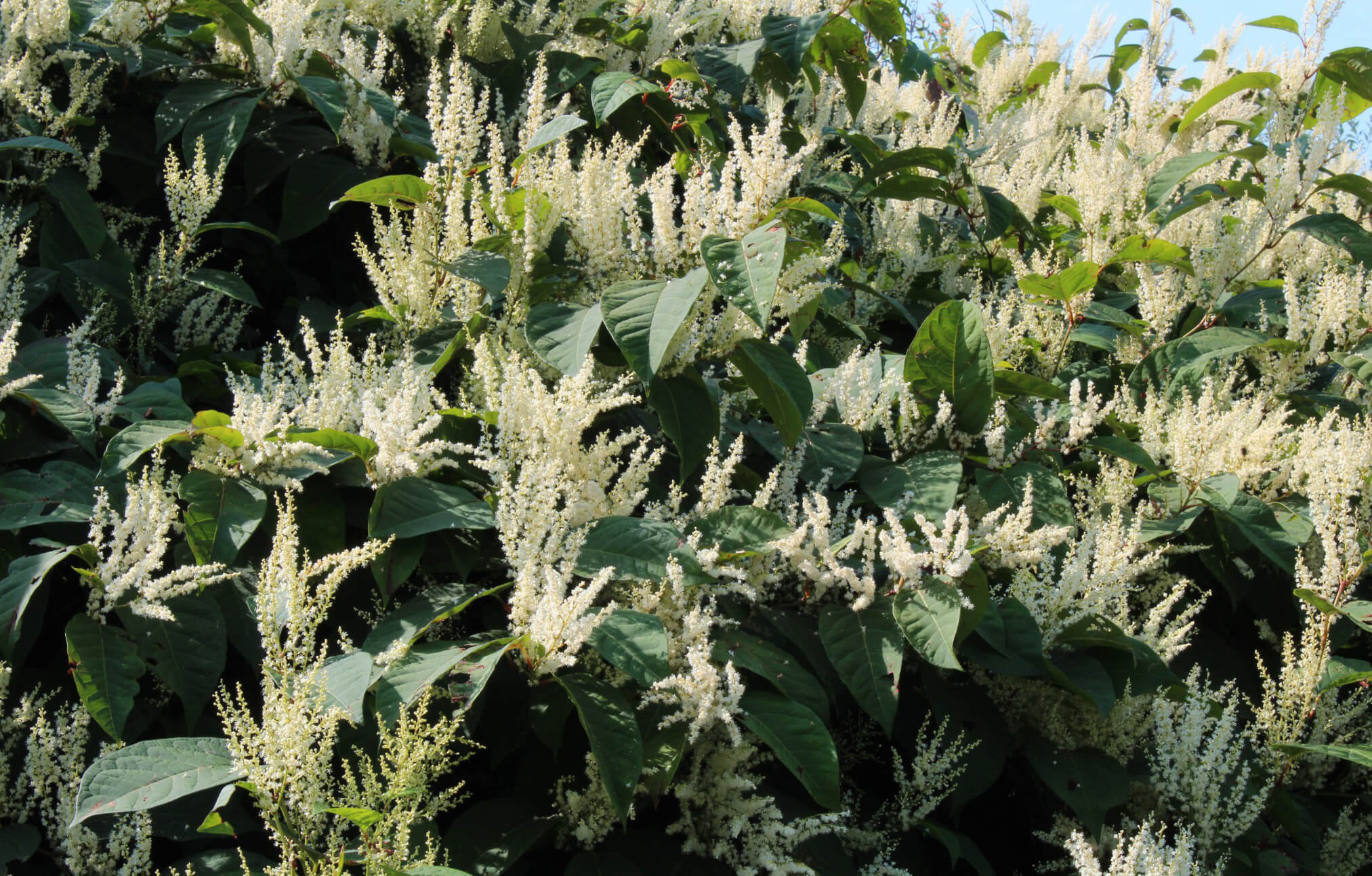
by Edwina von Gal
As we head toward the shortest, darkest days of the year, we humans always start pondering big topics, like life, death, love, thankfulness, peace, and then set out to be better in the New Year to come. I, of course, am also thinking about plants and what they have to say about the world right now. Plants are the basic stuff of our lives: We need them for food and oxygen, and wouldn’t survive without them. They also provide great beauty. They are the “lilies of the field.” They serve us all and make no judgments—but how harshly we judge some of them!
Let’s consider “invasive plants” and the warlike language we have come to use when speaking about them. I’m well aware there are places where plants are taking over in a way that is very unfair for other species, and we might need to take a bigger role in a better outcome. But let’s bear in mind that some of these plants were intentionally introduced by humans. Others hitched a ride, as we spread around the globe. Of these introduced species, some, considered naturalized like Queen Anne’s Lace, have fit right in. Others, like clover and dandelions, have been targeted by the lawn industry as weeds, when they actually improve soil quality. And then there are those plants, such as Phragmites, Japanese knotweed, and mugwort to name just a few, that are considered so sufficiently aggressive and difficult to remove that they inspire attack strategies that involve mechanical and chemical warfare (flames, electric currents, toxic chemicals, and more).
What does the language we use about invasive plants say about us? For instance, ”the war on invasives.” Does their behavior warrant the intensity of our responses? How much do the words we use affect our feelings and our management policies? It is well accepted that aggressive language can have significant negative effects on relationships, collaboration, and overall well-being, while peaceful communication leads to more positive outcomes and healthier interactions. I believe the way we talk about plants can affect the way we interact with them.
Stop and think about these words associated with plant management strategies: fight, invasive, battle, eradicate, suppress, control, exterminate, zero tolerance . . . war. Is this how we should be making plans to “help” nature? Is this why smart and devoted environmentalists feel justified to use glyphosate (Roundup’s main ingredient) and other synthetic chemical herbicides? To arm themselves for battle?
A primary goal of removing invasive species is to restore diversity; we learned this from nature itself. A diverse system is generally more stable. Ecosystems tend to evolve toward higher levels of diversity and complexity—on their own. So, why aren’t we trusting nature to do that now? Maybe we want results to happen faster because some plant is causing us some inconvenience? Maybe there is money to be made in large-scale management schemes? Surely, we do have a role to play, but maybe it is time to be less aggressive, less harmful. Maybe we are not listening closely enough. As we approach the winter solstice, let’s stop for a moment, hear the plants, recognize their lives as good, and think in peaceful terms.
[Top Photo] Japanese knotweed (Polygonum cuspidatum), feared and targeted for its exuberant growth potential, contains high amounts of resveratrol and anti-inflammatory nutrients, which people have used to treat mobility, immunity, and circulatory system issues. Photo by OttoBlotto from Getty Images.
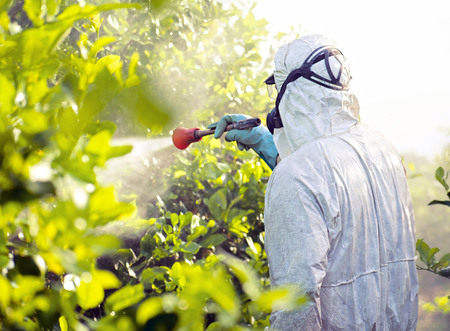
About one billion pounds of conventional pesticides are used each year in the U.S. Photo by Worledit from Getty Images.
